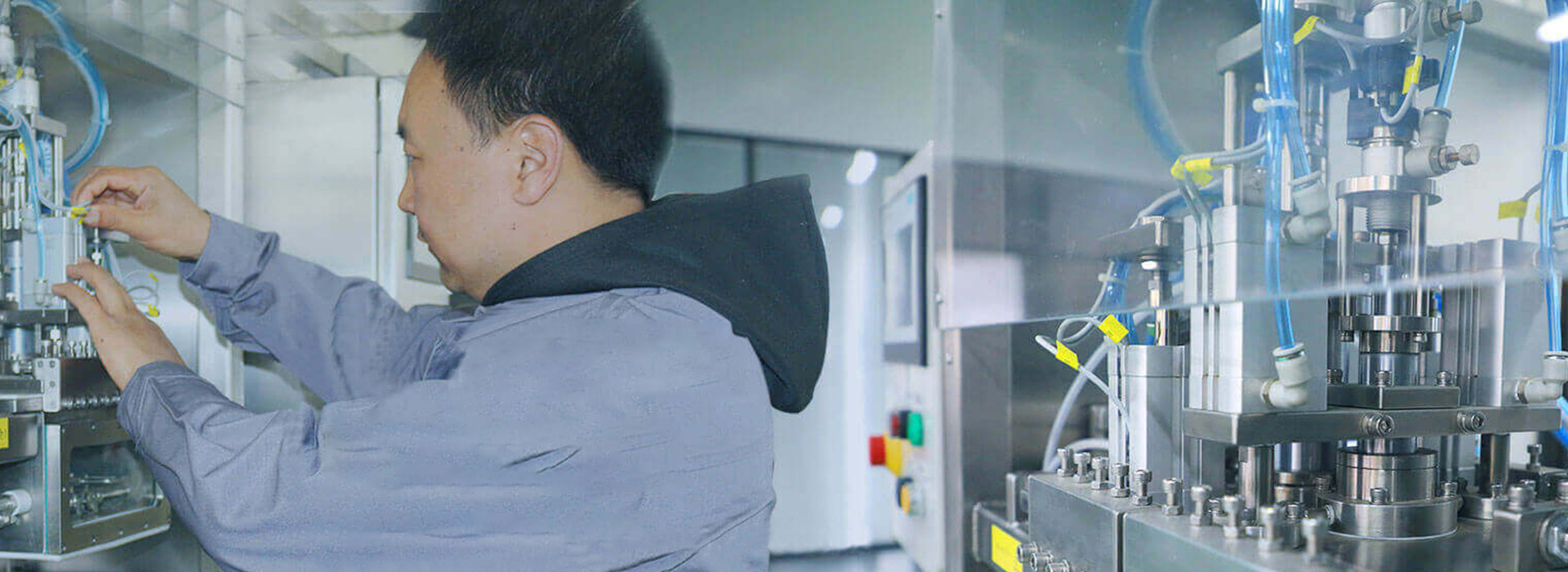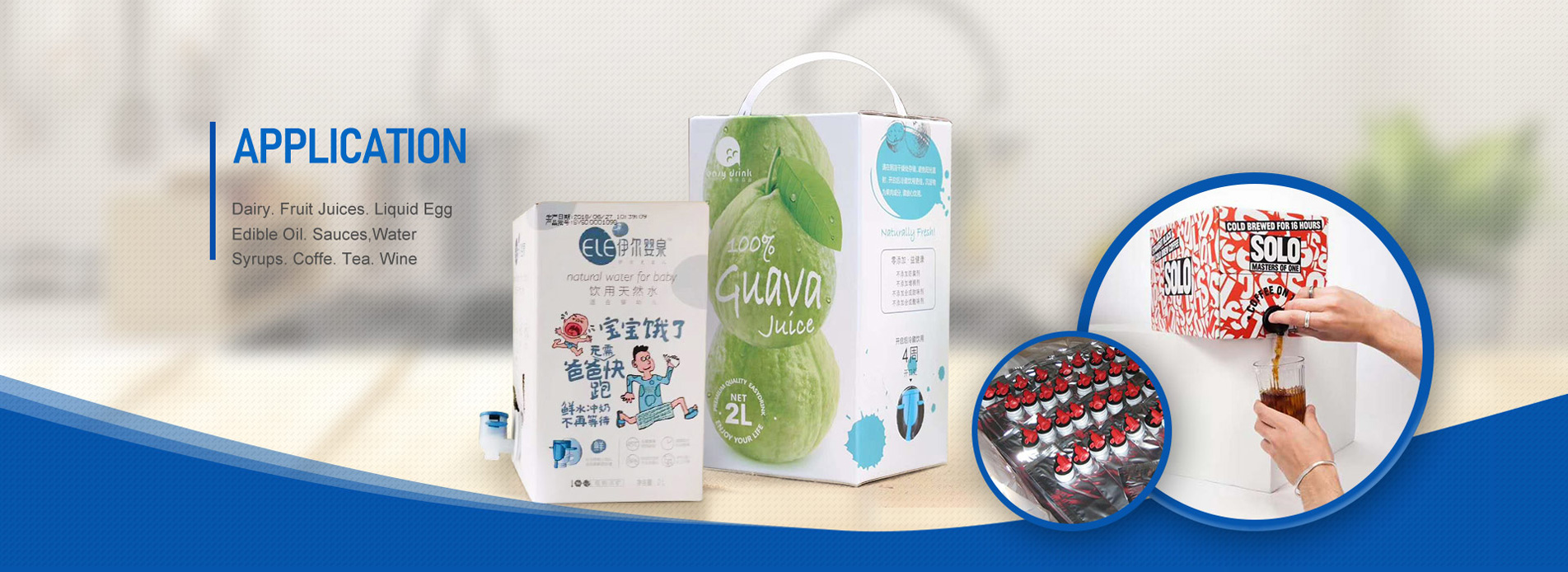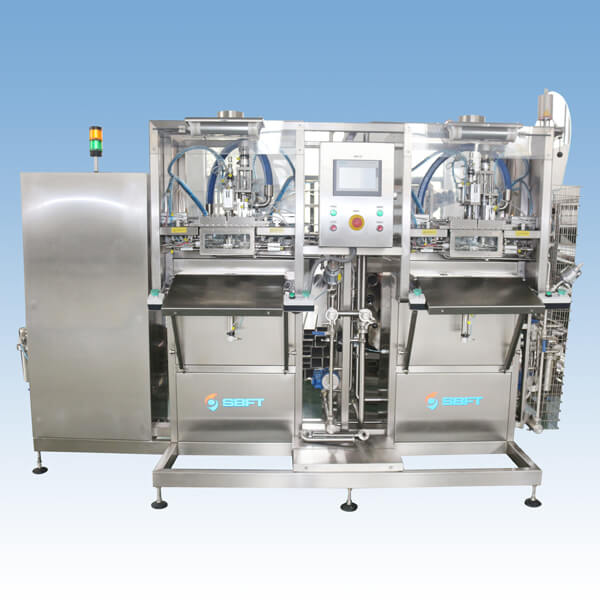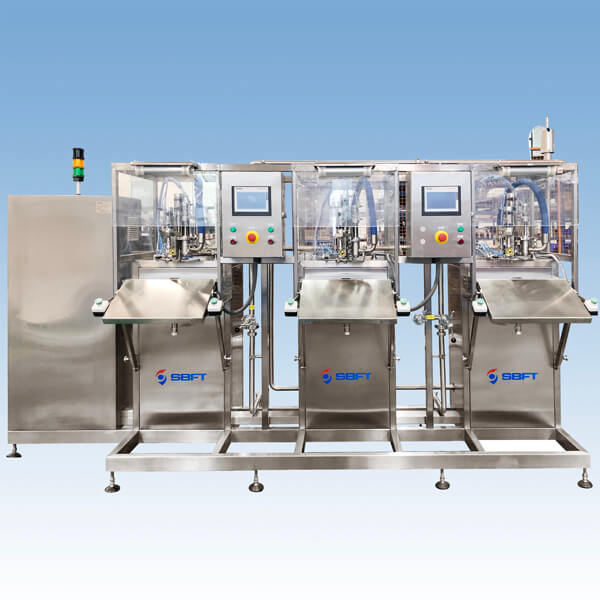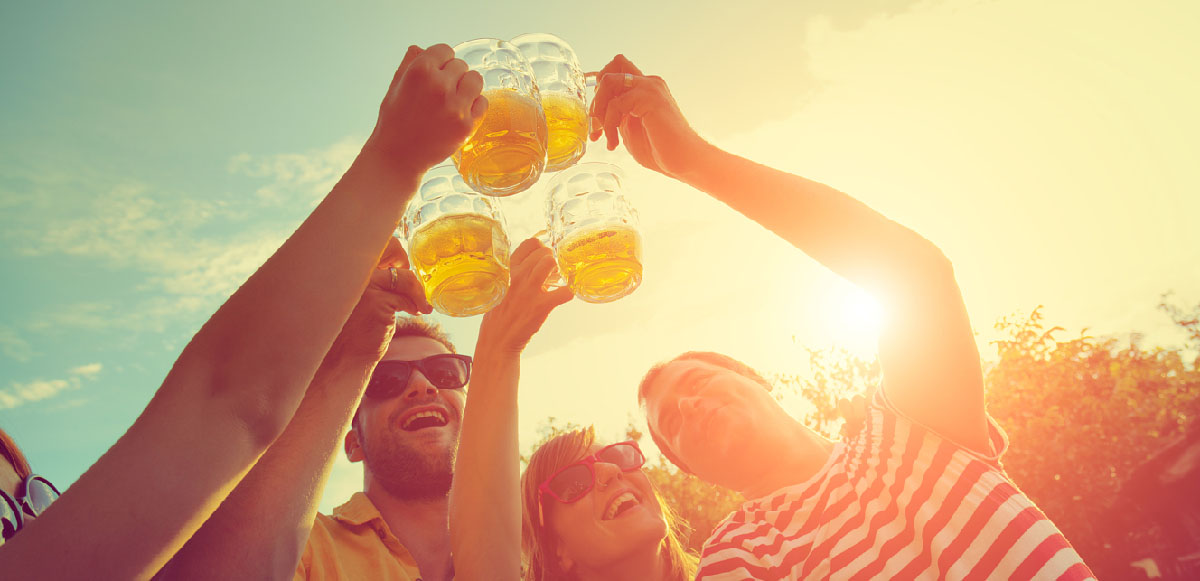Using bag-in-box packaging machines to package beer has the following advantages:
Protect beer quality: Bag-in-box packaging can provide good protection, effectively shielding beer from external factors such as light, oxygen, moisture, etc., helping to maintain the freshness and flavor of beer.
Convenient packaging format: Bag-in-box packaging offers a convenient format that allows consumers to easily carry and consume beer. This is especially convenient for outdoor activities, picnics or parties.
Reduce packaging waste: Bag-in-box packaging is often made from recyclable materials, helping to reduce the environmental impact of packaging waste. Additionally, it reduces the space and resources required for transportation and storage, helping to reduce overall environmental impact.
Effective Product Display: Bag-in-box packaging can provide an attractive product display that attracts consumers’ attention and promotes product sales. Through well-designed aesthetics and easy-to-read labels, you can communicate your product's brand image and value proposition.
Improve packaging efficiency: Bag-in-box packaging machines can realize automated production, improve packaging efficiency, reduce labor costs, and improve overall production line efficiency.
The process of packaging beer in a bag-in-box usually includes the following steps:
During the filling process, beer is poured into prepared plastic bags. This process is usually completed on an automated production line, ensuring accurate filling and sealing of the beer. Once the beer bag is filled, the bag opening is sealed to ensure the integrity and freshness of the beer. The bagged beer is then placed into prepared cardboard boxes and packaged.
Bag-in-box packaged beer is usually labeled, including brand information, product description, etc. The packaged product is then boxed and prepared for distribution to retailers or distributors. The bag-in-box packaging process includes filling, sealing, packaging and labeling steps and is usually completed on an automated production line.
The main consumer groups of bag-in-box packaged alcoholic beverages may include:
Environmental Advocates: Consumers concerned about environmental protection and sustainability may be inclined to purchase alcoholic beverages in bag-in-box packaging, as this form of packaging is often made from recyclable materials and helps reduce environmental impact.
Convenience seekers: Consumers who require alcoholic beverages for outdoor events, picnics, or other convenient occasions may prefer products packaged in bag-in-box packaging because they are easy to carry and use.
Brand loyalists: Some alcoholic beverage brands may launch bag-in-box packaging products, and their loyal consumers may choose to purchase products in this packaging format to support their favorite brands.
Emerging market consumers: In some emerging markets, demand for convenient, environmentally friendly packaging may increase, leading consumers in these regions to be more willing to purchase alcoholic beverages packaged in bag-in-box packaging.
Post time: Jul-26-2024






